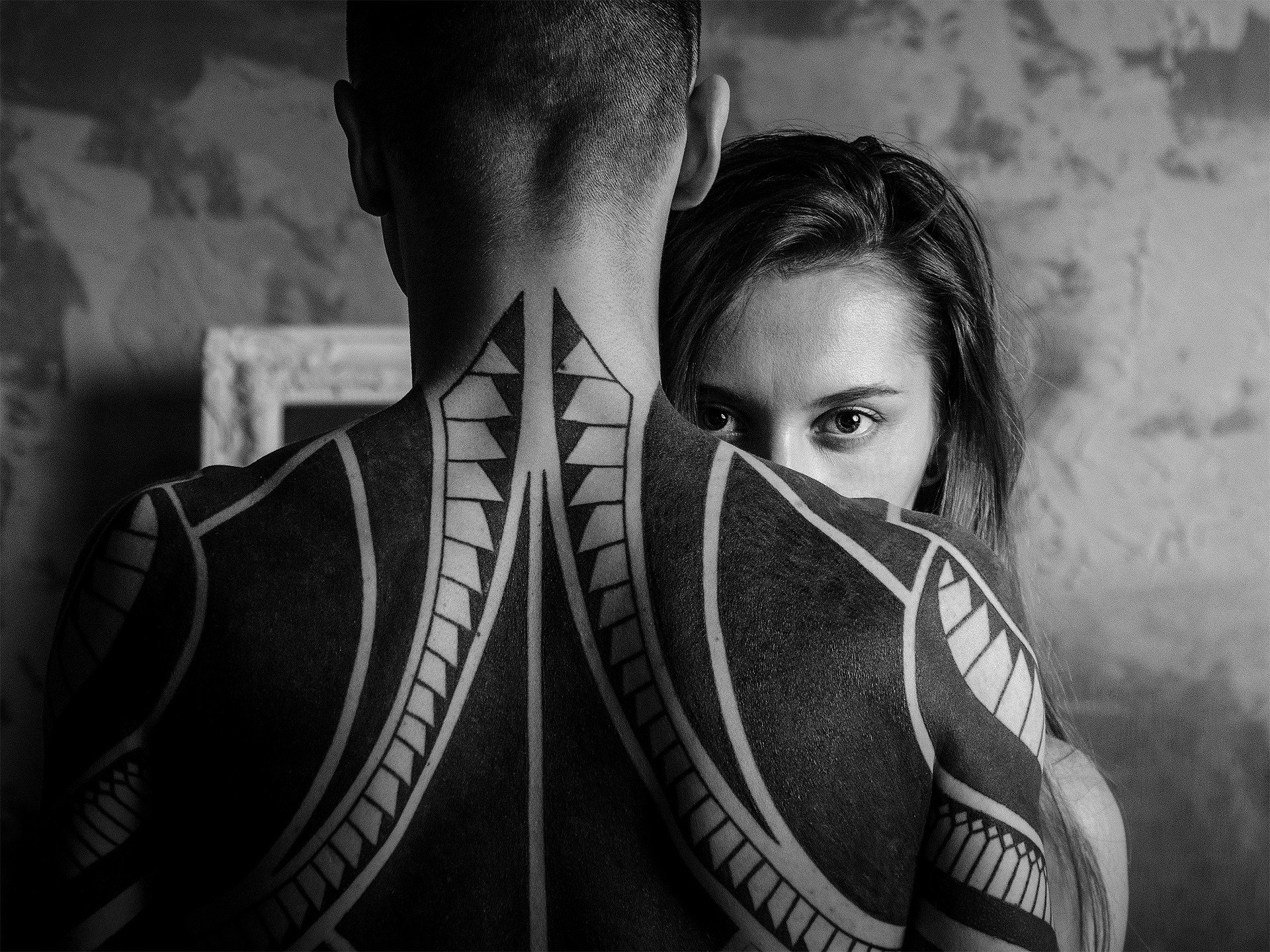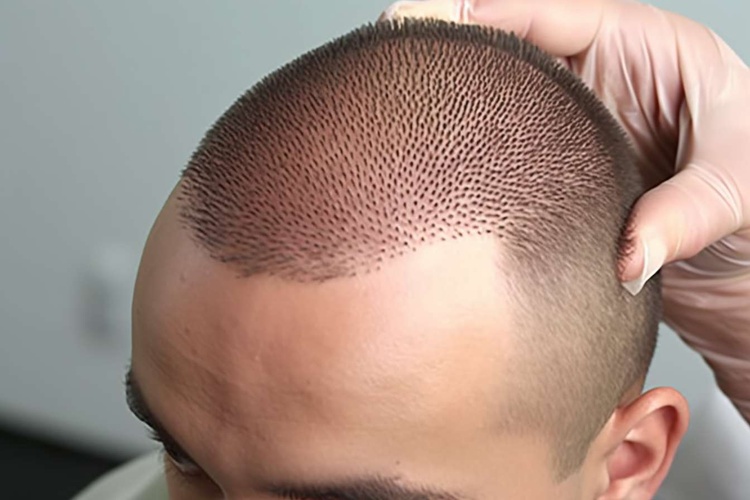"Digital Art: The Intersection of Technology and Creativity"
The art world is in a constant state of flux and evolution, as artists push boundaries and explore new mediums. One of the most exciting developments in recent years is the rise of digital art, a medium that blends technology and creativity in remarkable ways. This article delves into the origins of digital art, its current state, and the impact it has on the entertainment industry.
Tracing the Origins of Digital Art
The roots of digital art can be traced back to the 1960s when artists began experimenting with computers. These pioneers saw the potential of technology as a new tool for creative expression, beyond its conventional uses in science and business. The early works were simple, often geometric designs that explored the possibilities of algorithmic art. However, as technology advanced, so did the complexity and sophistication of digital art.
The Evolution of Digital Mediums
In the late 1980s and early 1990s, the advent of the internet and the proliferation of personal computers ushered in a new era for digital art. Artists began using software programs to create intricate designs, animations, and even interactive pieces. The introduction of digital cameras and advancements in graphic design software in the late 1990s and early 2000s enabled artists to manipulate and transform photographs into digital masterpieces.
Digital Art in Today’s Entertainment Industry
Today, digital art permeates the entertainment industry. It is integral to movie production, from creating realistic CGI effects to conceptualizing unique film posters. In the music industry, digital art is used in album covers, music videos, and stage design. The gaming industry is arguably where digital art has its most significant impact, shaping characters, environments, and entire virtual worlds.
The Impact of Digital Art
Digital art has democratized creative expression, allowing anyone with a computer and the right software to become an artist. It has also blurred the lines between different art forms, enabling artists to create immersive, interactive experiences that challenge conventional notions of art. Moreover, digital art has transformed the way we consume art. With the advent of NFTs, digital art now has a marketplace, enabling artists to sell their work directly to collectors and even retain royalties.
The Future of Digital Art
The future of digital art is bright. With the continuing advancements in technology, the possibilities for this medium are limitless. Virtual and augmented reality offer new platforms for artists to create immersive experiences, while artificial intelligence provides opportunities for exploring generative art. As digital art continues to evolve and push boundaries, it will undoubtedly remain a vital pillar of the arts and entertainment industry.
Digital art represents the intersection of technology and creativity, a realm where the only limit is the imagination. Its impact on the arts and entertainment industry is profound and transformative, pushing boundaries and continually evolving. As we look to the future, it’s clear that digital art will continue to shape and redefine our understanding of artistic expression.





